#Francesco del Cairo
Explore tagged Tumblr posts
Text

Workshop of Francesco del Cairo St. Sebastian tended by St. Irene
Oil on canvas, 66 x 82 cm, 17th century
55 notes
·
View notes
Text

Saint Sebastian, Francesco del Cairo, 1630-40
#art history#art#italian art#17th century#baroque#baroque art#saint sebastian#francesco del cairo#dark academia#aesthethic#painting
116 notes
·
View notes
Text

Francesco del Cairo - Self portrait
19 notes
·
View notes
Text
Nasze ciało czyli miejsce teologiczne
Młodość zawsze była uważana za okres „burz i niepokojów”, ale obecnie wydaje się, że młodzież nie tylko przeżywa niepokoje, ale wręcz dramaty, i troska o młodzież nabiera cech alarmu. Sygnały takiej sytuacji napływają – można powiedzieć – ze wszystkich niemal stron świata. Ogłoszony został alarm! – pisze profesor Wanda Półtawska w swoim tekście opublikowanym po raz pierwszy w XX wieku. Zakres…

View On WordPress
#chrzescijańska antropologia#Eros et iuventus!#Francesco del Cairo#Kobiecość#Kobieta#MMężczyzna#Murillo#Męskość#Profesor Wanda Półtawska#Przygotowanie do życia małżeńskiego#teologia ciała
0 notes
Text




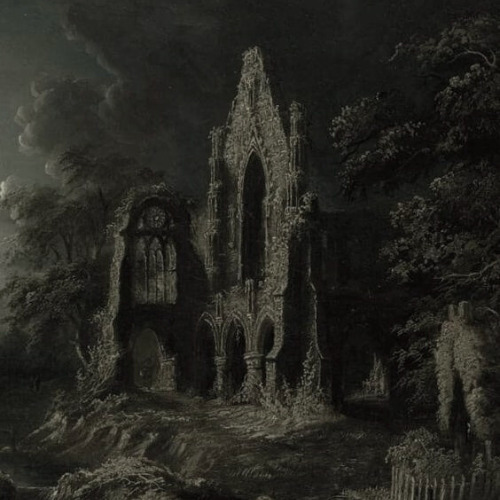




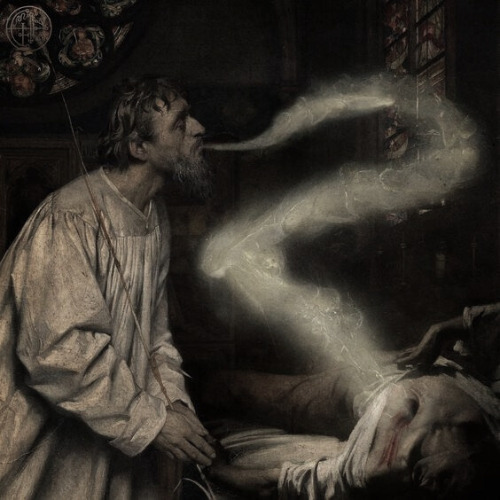
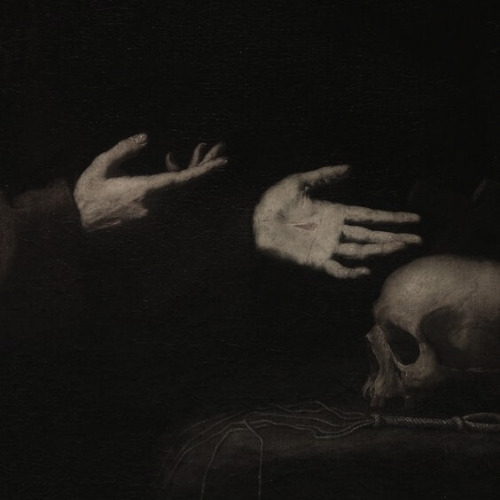
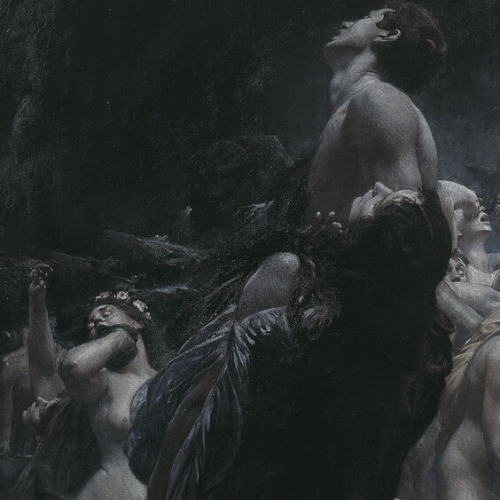
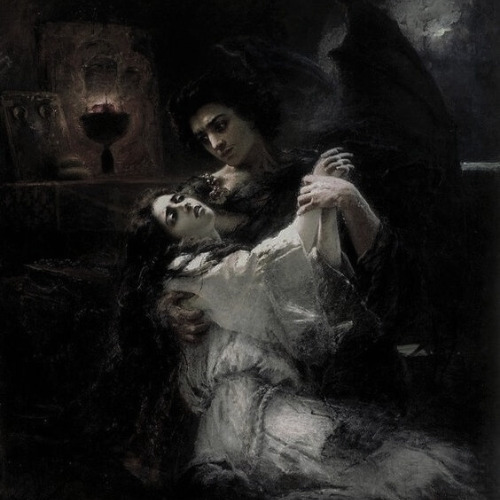


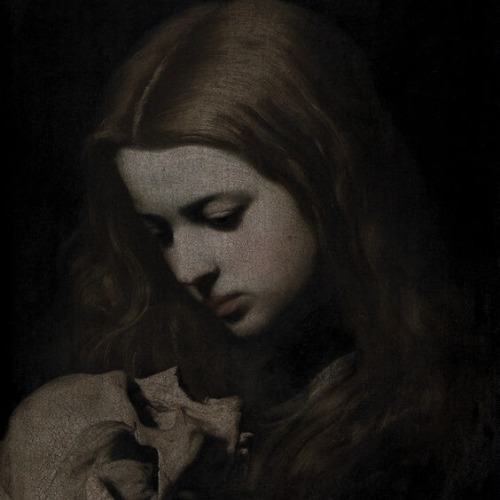

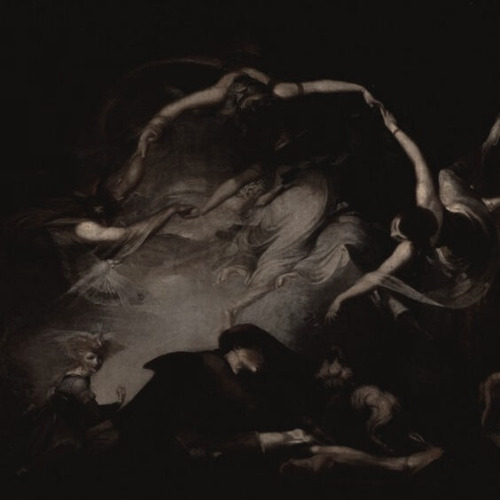

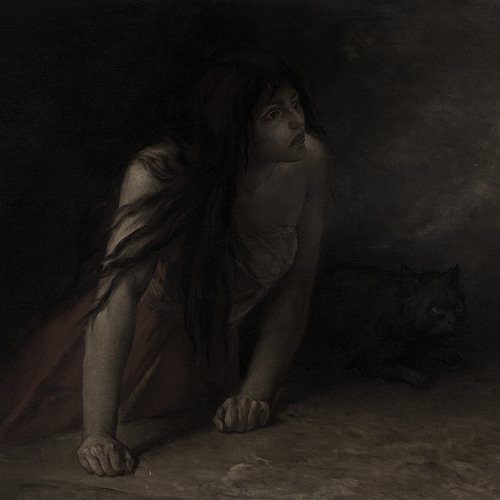


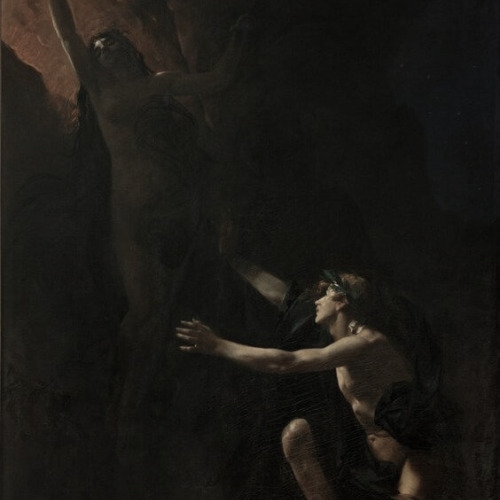
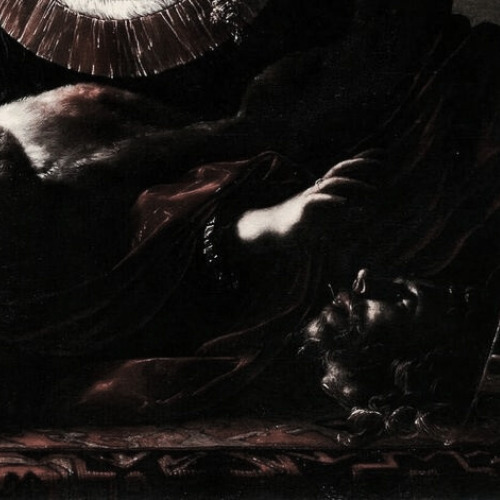

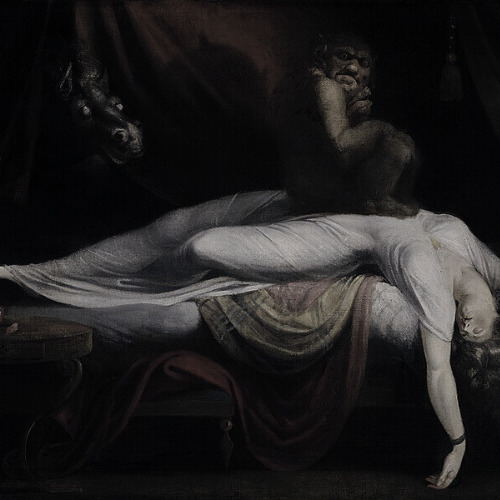
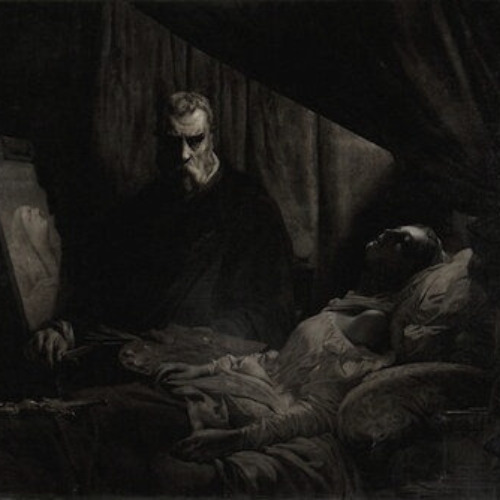
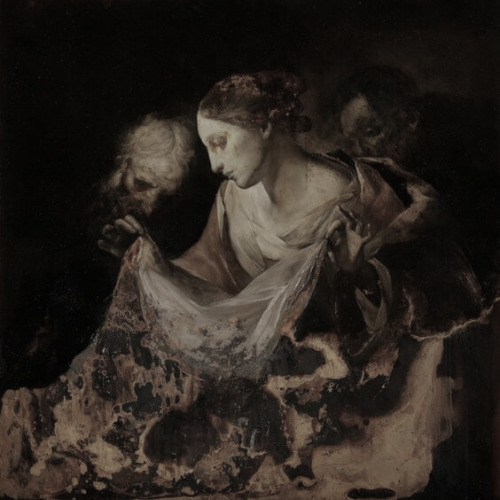


art aesthetics: gothic
#artist is carl gustav carus#artist is george roux#artist is carl gustav carus-#artist is ferdinand keller#artist is sebastian pether#artist is adolph von menzel#artist is daniel sayre groesbeck#artist is carlo dolci#artist is jose benlliure y gil#artist is pierre jean van der ouderaa#artist is jusepe de ribera#artist is adolf hiremy-hirschl#artist is jonstantin makovsky#artist is francesco cairo#artist is serafino macchiati#artist is jusepe de ribera-#artist is sir william nicholson#artist is henru fuseli#artist is alfred stevens#artist is jean-francois portaels#artist is cecco bravo#artist is piotr stachiewicz#artist is alexandre serres#artist is francesco del cairo-#artist is henri leopold levy#artist is henry fuseli-#artist is tintoretto#artist is nicola samori#artist is ferdinand knab#artist is john williams waterhouse
1K notes
·
View notes
Text

Francesco del Cairo, 1607-1665
Artemisia, n/d, oil on canvas, 130x90 cm
Private Collection
65 notes
·
View notes
Text
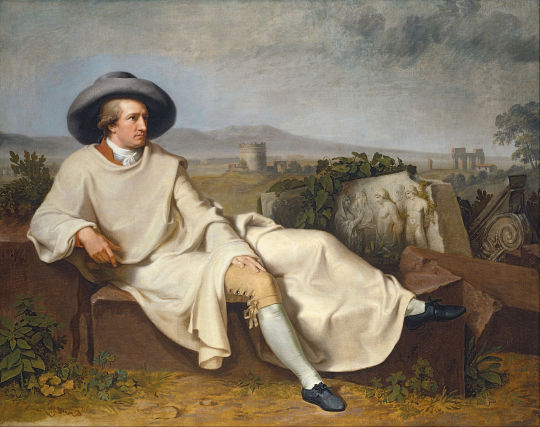
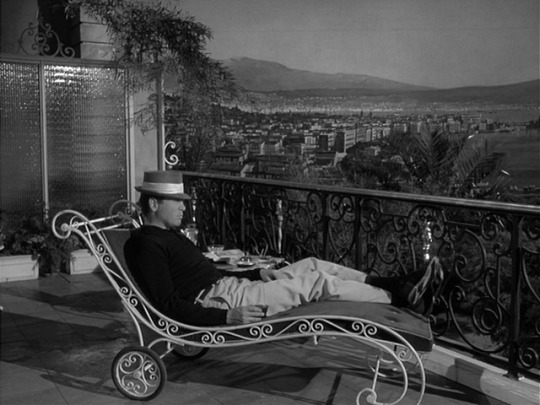



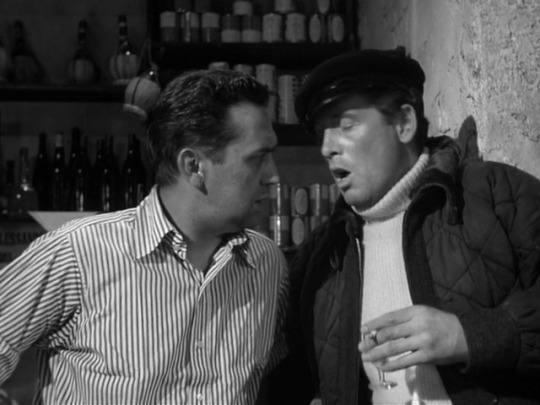

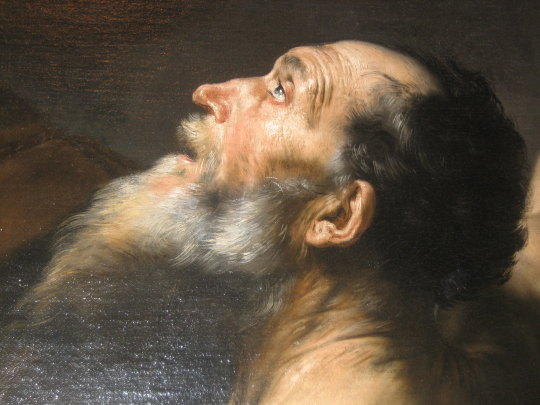
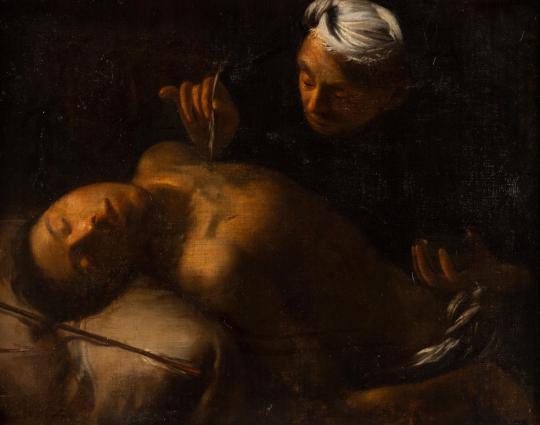


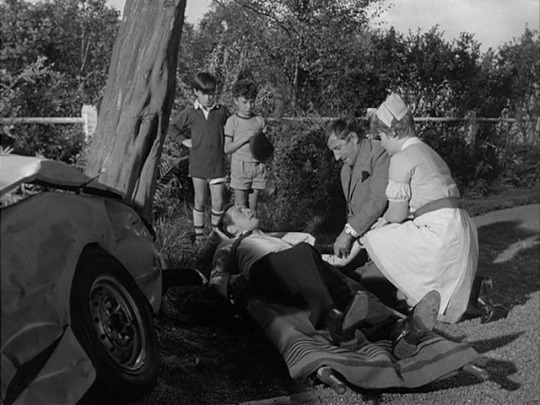
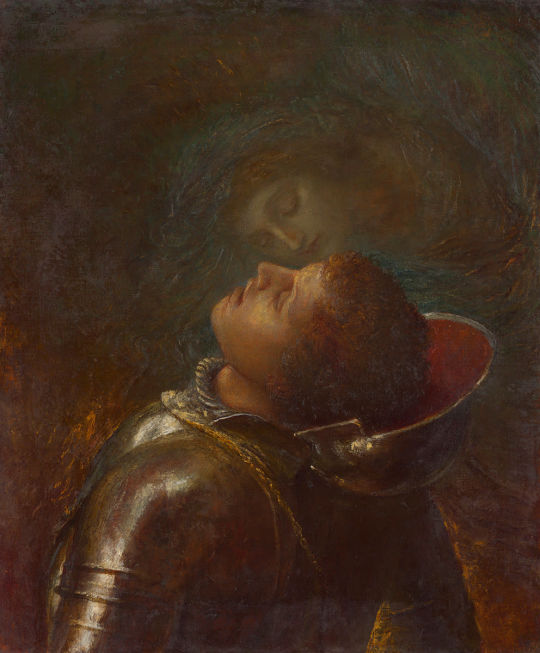



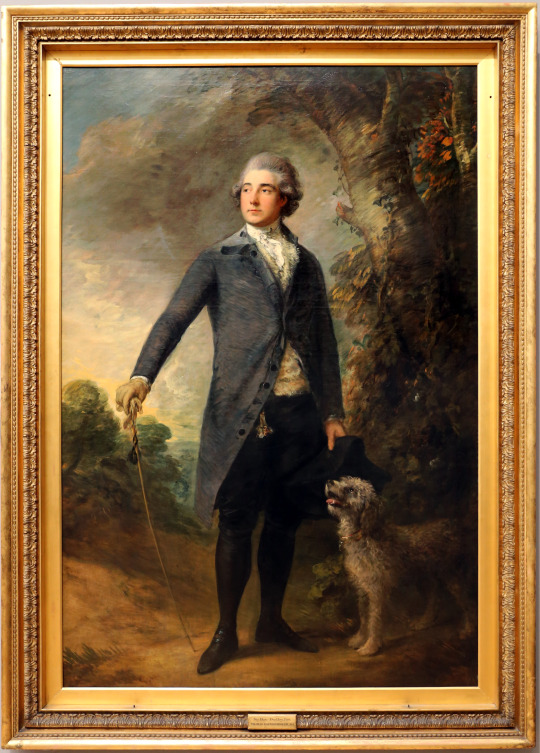


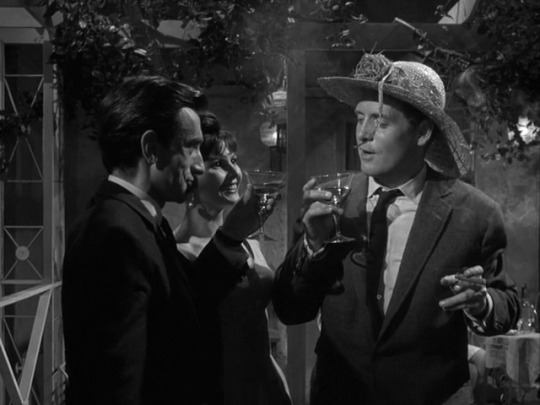
I have no idea why I'm doing this but here's McGoohan as paintings.
In order of appearance:
Goethe in the Roman Campagna (Johann Heinrich Wilhelm Tischbein)
Jacob's Dream (José de Ribera)
The Bitter Potion (Adriaen Brouwer)
The Martyrdom of Saint Bartholomew (details) (Jusepe de Ribera)
St. Sebastian Tended by St. Irene (Francesco del Cairo)
Saint Sebastian Cured by Saint Irene (Luca Giordano)
The Happy Warrior (George Frederick Watts)
Young Man at His Window (Gustave Caillebotte)
Sir Henry Bate Dudley (Thomas Gainsborough)
The Merry Drinker (Frans Hals)
31 notes
·
View notes
Text
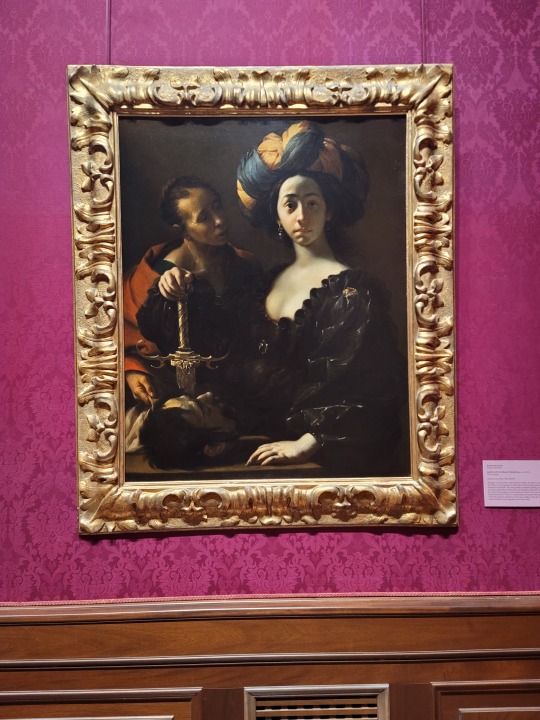


Francesco del Cairo’s Judith with the Head of Holofernes Analysis
This painting is, in one word…intense. Francesco del Cairo employed techniques from Morazzone to Il Cerano to Caravaggio with brilliant execution. Although this painting is based on a story with historical suspicions, its theme of Good vs. Evil and David vs. Goliath is timeless.
Situated on a canvas 46.5 x 37 inches, it is painted with oils and framed ornately. The frame neither adds or takes away from the painting, it merely adds definition to what Cairo has accomplished. The painting takes the style of Caravaggio with its subject, in this case Judith, bright and highlighted and the rest of the painting in shadow with dark and subdued tones. Judith is the obvious focus of this painting with the single light in the room enhancing her creamy, alabaster white skin against her black dress and shadowed surroundings. Her face, chest, bosom, and left hand immediately cry for your focus at first glance. Her face is, to me, the most interesting piece of the painting. One half in light, the other in shadow, it contains a mixture of emotion, from resoluteness to defiance to slight sympathy. Next to draw your focus is her vibrant blue and orange turban situated on her head, also benefiting from the one light in the room. After you breathe in Judith and her gorgeous turban, you notice the severed head of Holofernes on the table just in front of Judith in the lower left of the painting. Judith has the sword, assumingly used to commit the beheading, standing behind the center of the head with her hand grasped around the pommel of the hilt, a certain air of resolve in the grasp. The way the sword is situated behind the head, almost appears as if the sword is impaling the head after it has already been shorn from its body. Behind Judith’s right arm and sword, stands her servant, again, almost in shadow compared to her. The servant is an older woman, wrapped in a fire-orange shawl, hair braided and tight to her head, with her right hand holding a sheet or bag attempting to put it around the head. The servant looks at Judith with slight earnestness, maybe in an attempt to get Judith moving and away from where they are, for what they have done. The tilt of the servant’s head also has a sense of eagerness about it, Judith is focused and firm in what she has done and the servant is trying to draw her attention by bringing herself more into Judith’s view. The painting is very static and stoic in its lines, Judith’s arm and body aligning with that of the sword pommel in very rigid up and down lines. They create the main body of the painting with the servant behind one of them, reaffirming her secondary place in the painting. The painting maintains a sense of unity throughout with the use of dark tones and shadows. The use of variety in the skin and turban help to balance the unity in the painting.
At first glance, I’m taken away with Judith’s face. This is the only painting at Ringling that truly stood out to me, not only for its style, but mainly through Judith’s gaze. It carries a refined weight. Judith stands resolute and unwavering in the action she has taken. Before I researched the story of this painting, that drew me in. I didn’t know who she had beheaded or why she had felt the need to do so, but I knew she was probably on the right ‘moral side’ of the compass just from her gaze. There is no joy, happiness, ambition, or glee in her face. She has not enjoyed what she has done, but it needed to be done, it called to be done and she had stepped up to accomplish the task. Her servant seems to understand the reasoning behind her actions and seems to care for her, she wants to move Judith along and get her to safety before whatever ramifications come from the beheading. The servant doesn’t seem obligated in these gestures but sincere and wanting, which tells me they were most likely justified and necessary. I love the painting’s weight and moral compass, all visible just from looking and without any prior knowledge of the story.
This painting is the work of Francesco del Cairo and was made somewhere between 1633-1637. During this time, Cairo was employed as a court painter in Turin so it is safe to assume the court may have commissioned the painting. The time period tells us it is at the semi-beginning of the Baroque period so it is still influenced by the Renaissance but without a doubt employs the Baroque tendency towards drama and splendor. This painting depicts the Book of Judith, which relates the story of the Assyrian King, Nebuchadrezzer, who sent his General Holofernes to take the Jewish city of Bethulia. While under siege, Judith, a widow, went to Holofernes' tent and foretold him of his victory. He accepted Judith into his tent and after he put himself into a drunken stupor, Judith beheaded him with his own sword. She brought his head back to the city and a victory of the now leaderless Assyrian’s followed. The historical accuracy of the Book is called into question with dates, names, and places not quite lining up. It nevertheless tells the story of the triumph of good over evil and the need for faith in trying and stressful times. Cairo does an excellent job of showing us that Judith came to impress the general with her gown and elaborate turban, and after doing so standing firm in her actions. She did what was necessary for her faith and the people of her city. After looking over several paintings depicting a similar scene, this one tells the story in its truest form.
Given the genuine, yet slightly dramatic flair, this painting encapsulates the transition from Renaissance to Baroque painting. The painting still depicts an idealized event in scripture, yet adds the striking nuance of the painter and his feelings of the event. In the same style as Michelangelo Merisi da Caravaggio, Cairo creates a vivid and dramatic painting through the use of intense lighting and bold colors. The Book of Judith tells us of God’s will exerted through human’s to accomplish the right task, yet Cairo takes a spin on the divine message through Judith’s face. She may have done the task to fulfill her faithful duty, but she was the one who did it and she faces those facts dead on, unwavering. Cairo continues the style and work of Caravaggio, one of the Baroque period's most influential artists. This painting continues the transformation of style seen under the Baroque period and the transition the story telling takes, from one of wide reaching depictions of faith and religious splendor to that of a more personal and informal take on the same stories. This is evident most clearly in the subject matter from the start, Cairo showed an affinity for heroines in dramatic situations. This painting contributes strikingly to the transformation of art in the 1600’s and the continuation of the Baroque style.
Judith with the Head of Holofernes has had many interpretations depicted through the years; however, Francesco del Cairo has created a unified masterpiece with this creation. The painting is classic Baroque with a drama filled story, bold colors and generous use of shadows, as well as the artists own flair for heroines in scripture. I hold Baroque art in higher esteem and consider it a pivotal change in the transition of art from the Renaissance.
4 notes
·
View notes
Text
LA LEGGENDA DEL SANTO CORRUTTORE
di Marco Travaglio
Agli innumerevoli delitti commessi da vivo, B. ne ha aggiunto un ultimo da morto. Il più imperdonabile: averci lasciato questa corte di vedove (non le due vere e quella finta: tutte le altre), prefiche, leccaculi, paraculi, piduisti, terzisti, parassiti, prosseneti, camerieri, servi sciocchi e soprattutto furbi che da due giorni lacrimano per finta (solo lui riusciva a piangere davvero a comando) a reti unificate, devastando quel po’ di informazione e di dignità nazionale che gli erano sopravvissute.
Il giorno di lutto nazionale e i sette di lutto parlamentare, più che a B., sono un omaggio a Fantozzi e ai funerali della madre del megadirettore naturale conte Lamberti, immaturamente scomparsa all’età di 126 anni. Ora mancano solo la Coppa Cobram di ciclismo da Arcore a Pinerolo e la statua del de cuius all’ingresso del fu Parlamento, con inchino forzato e craniata incorporata per i cari inferiori.
Le cascate di saliva che tracimano da ogni canale tv e da ogni giornale regalano perle inimmaginabili persino nei suoi anni d’oro. L’ex conduttore Mediaset intervista su La7 il suo editore ex Mediaset su quanto era buono e democratico l’editore precedente che stipendiava entrambi prima che lo mollassero perché era troppo buono e democratico. L’ex direttore del Corriere Paolo Mieli si pente in diretta dell’unico scoop della sua vita, sull’invito a comparire del ’94 a B. per le mazzette alla Guardia di Finanza, accusa i pm di non averlo torchiato a dovere per estorcergli le sue fonti che lui avrebbe senz’altro spiattellato in barba alla deontologia professionale, e comunque si scusa pubblicamente per aver pubblicato una notizia vera. Renzi, un Berlusconi che non ce l’ha fatta, saltella da una rete all’altra per leccare la bara a distanza, sperando di ereditare qualche briciola dal desco del caro estinto, peraltro invano (a parte i processi). Il rag. Cerasa, un Sallusti che non ce l’ha fatta, dipinge sul Foglio col pennino intinto nella bava il leader più estremista e populista mai visto in Europa come “argine all’estremismo e al populismo” e, siccome era culo e camicia con Putin, pure come “seduttore atlantista”. Attori, registi e soubrette “de sinistra” spendono capitali in necrologi piangenti per l’amico Silvio, sperando che pure gli eredi si ricordino degli amici. Francesco Gaetano Caltagirone svela finalmente chi fa i titoli e gli editoriali del suo Messaggero, firmandone finalmente uno al posto dei soliti nom de plume: “Un uomo che ha lasciato un’orma profonda”. Più che altro, un’impronta digitale. E un vuoto incolmabile nelle casse dell’Erario.
Il Corriere fa rivoltare nelle tombe Montanelli, Biagi e Sartori col titolo cubital-vedovile “L’Italia senza Berlusconi”, presidiato da una schiera di lingue erette sul presentat’arm e seguito dalla doverosa intervista all’editore Cairo, che parla alla sua tv ma anche al suo giornale, casomai qualcuno pensasse che il berlusconismo è morto con B.. La Moratti assicura che la sua Rai del ’94 era liberissima perché B. l’aveva nominata presidente, ma poi non fece mai pressioni (non ce n’era bisogno), così lei poté nominare direttori i berlusconiani Rossella, Mimun e Vigorelli a sua insaputa. Le Camere Penali smentiscono persino Coppi (“B. perseguitato dai pm? Mai pensato”) e piangono comprensibilmente il cliente più illustre e munifico della categoria, “oggetto di una aggressione politico-giudiziaria che non ha precedenti nella storia della Repubblica”, visto che ha subìto “decine e decine di indagini e processi, con accuse fino alla collusione mafiosa e al ruolo di mandante di stragi, conclusesi con una sola condanna per elusione fiscale”. A parte il fatto che non fu per elusione né per evasione, ma per una frode fiscale pluriaggravata da 368 milioni di dollari, di cui 360 prescritti (come altri nove processi per gravissimi reati accertati, ma rimasti impuniti perché l’imputato aveva dimezzato i termini di decorrenza, senza dimenticare i fedelissimi finiti in galera al posto suo e i soldi alla mafia consacrati dalla sentenza Dell’Utri), le Camere Penose potrebbero vergare una nota identica per Al Capone: perseguitato con accuse di mafia, ma condannato “solo per elusione fiscale”.
Un solo beneficato, Vittorio Feltri, ha il coraggio di dire la verità: “Non posso parlarne male perché mi ha fatto ricco”. Tutti gli altri ammantano le pompe funebri di “rivoluzione liberale” che “ha cambiato l’Italia”, anche se si scordano le 60 leggi ad personam e non riescono a citare uno straccio di sua riforma che abbia migliorato la vita di qualcuno che non fosse lui. Infatti vanno forte le corna a Caceres, il cucù alla Merkel, lo sguardo lubrico alla Obama e la spolverata alla sedia, come se uno statista si misurasse dal numero di guittate. Ma il ridicolo eccesso santificatorio non si deve solo al fatto che B. s’è comprato mezza Italia che conta e l’altra mezza avrebbe pagato per vendersi. Chi ha retto il sacco a un bandito per decenni ora deve dimostrare che era cosa buona e giusta. E chi vorrebbe delinquere anche lui in santa pace, avendo perso il grande alibi, cerca almeno un lasciapassare e un santo patrono. Oscar Wilde diceva che “certi uomini migliorano il mondo soltanto lasciandolo”. Ma, ora che ha raggiunto il paradiso (fiscale), possiamo dire senza tema di smentita che il padrone morto era molto meglio dei servi vivi.
Il Fatto Quotidiano
4 notes
·
View notes
Text
St. Sebastian Tended by St. Irene
Francesco Del Cairo


saint sebastian // frank iero
950 notes
·
View notes
Text
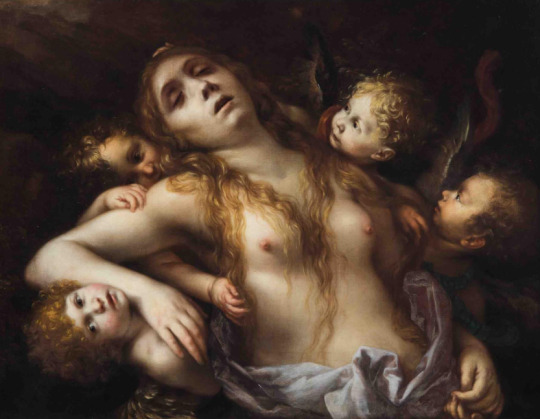
Magdalene in the sky with angels, Francesco del Cairo, 1650
#art history#art#italian art#17th century#baroque#baroque art#mary magdalene#maddalena#angels#angelcore#dark academia#aesthethic#museo bagatti valsecchi#francesco del cairo#painting
122 notes
·
View notes
Text

Judith with the head of Holofernes by Francesco del Cairo, c.1633- 1637
Reposted from @pacem_art
0 notes
Text
Gaza, media: "Almeno 17 morti in raid su persone in attesa di aiuti" | Israele, accoltellamento alla fermata del bus: ucciso attentatore
31 marzo 2024 00:11 TEMPO REALE I negoziati tra Tel Aviv e Hamas riprendono oggi a Il Cairo 31 mar 15:19 Raid israeliano contro la tendopoli all’ospedale Deir Al-Balah, due morti 31 mar 14:13 Medioriente, Hamas: 32.782 morti a Gaza da inizio guerra 31 mar 13:07 Israele, Pasqua di guerra 31 mar 12:10 Papa Francesco: scambio prigionieri Mosca-Kiev, rilascio ostaggi Gaza 31…
View On WordPress
0 notes
Text


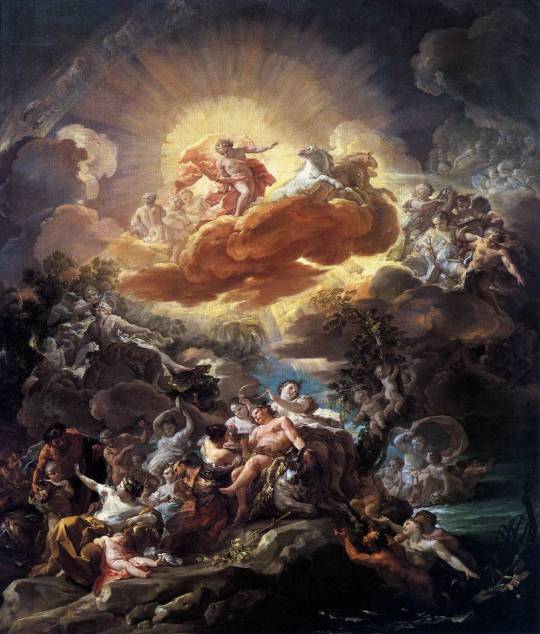


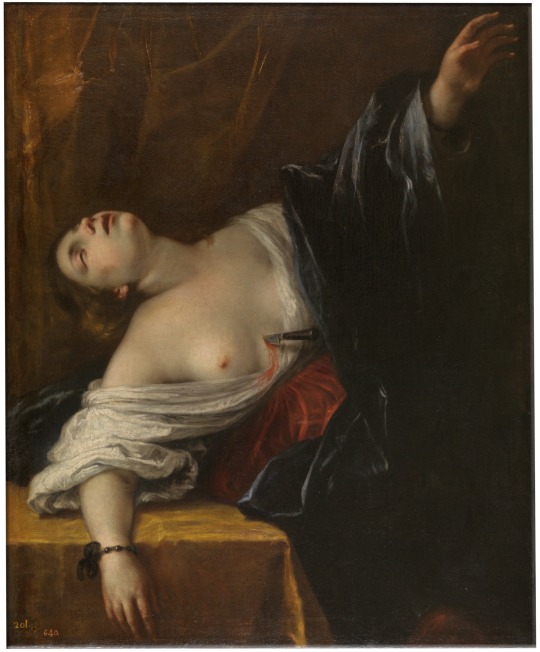

Saint Sebastian, Guido Reni
Peter Rubens, The Three Graces
Corrado Giaquinto, The birth of the sun and the triumph of Bacchus
Pietro Negri, Vanitas
Andrea Vaccaro, Saint Agatha
Francesco del Cairo, The death of Lucretia
Peter Rubens, Diana and Callisto
0 notes
Text
24 nov 2023 17:54
“A ROMA SI SCOPA. A MILANO SI FA E NON SI DICE, O SI FA FINTA CHE NON ESISTA” – DAGO SPIEGA A “GENTE” LA DIFFERENZA TRA LA CAPITALE, “SANTA E DANNATA”, E LA CITTÀ DELLA MADUNINA: “ROMA È INCLUSIVA, TI ABBRACCIA, TI ACCOGLIE, TI FAGOCITA. MILANO È DIVISIVA” – LE DARK ROOM IN VATICANO, LA DOMANDA DI BERLUSCONI (“SEI TATUATO ANCHE SUL PISELLO?”) E LA PRESENTAZIONE DEL DOCUFILM A MILANO: “L’APPARIZIONE DI RICCI È STATA UN OGGETTO MISTERIOSO, MOLTO PIÙ RILEVANTE DI QUELLA DI BEPPE SALA E URBANO CAIRO” - VIDEO -
Maria Elena Barnabi per “Gente”
Roberto D’Agostino sta girando l’Italia presenziando alle proiezioni speciali del suo film Roma, santa e dannata, un bel documentario scritto con il critico Marco Giusti che racconta l’amore per la sua Roma e che tra qualche settimana approderà sulla Rai.
Dago, come lo chiamano tutti, è calato come un alieno anche su Milano e al suo cospetto sono arrivati tutti, dal sindaco Beppe Sala a un inaspettato Antonio Ricci, a tributargli gli onori come vate e cantore del “cafonal” – il guazzabuglio ricco e coatto che mette insieme monsignori e ballerine – e soprattutto come fonte ineludibile delle notizie che contano.
Infatti, il suo sito Dagospia, fondato nel 2000, oggi è diventato un vero e proprio giornale con una redazione strutturata (il vicedirettore Riccardo Panzetta e poi Francesco Persili, Alessandro Berrettoni, Federica Macagnone, Luca D’Ammando, Ascanio Moccia e Gregorio Manni) ed è una miniera irrinunciabile di retroscena politici e gossip. E se nel documentario D’Agostino racconta Roma, noi di Gente gli abbiamo chiesto di parlare di Milano.
La differenza fondamentale tra Milano e Roma?
«Roma è inclusiva, Milano è divisiva».
Alla faccia di Milano città “arcobaleno”…
«A Roma c’è quel “mix and match” (miscuglio, ndr) che mette insieme appassionatamente il giornalista, il malvivente, la puttana, il prete, l’intellettuale e l’imprenditore. L’ammucchiatona romana».
Milano funziona per caste?
«Per censo, per professione: tutti stanno con i propri simili. Gli architetti con gli architetti, i poliziotti con i poliziotti e così via».
Esiste il “cafonal” fuori Roma?
«Ormai è nazionalizzato: anche a Milano non c’è più quella sobrietà per cui se eri ricco non dovevi dirlo a nessuno».
Chi ha dato l’avvio?
«I paninari del Burghy di Piazza San Babila negli Anni 80 con le loro Timberland e il Moncler: se non erano “cafonal” loro... E poi a un certo punto è arrivato Berlusconi, che sorvolava Milano con il suo elicottero personale».
Nel suo documentario dice che Silvio Berlusconi è il politico milanese che più si è romanizzato.
«Sposò appieno la filosofia romana della “caciara sul letto”. Perché avere una sola amante? L’amante è problematica, crea storie, chiede una casa, dopo due mesi è come essere sposati di nuovo. Una cosa così borghese... Meglio avere un ricambio continuo di ragazze e un’ape regina che gestisce il tutto».
A Berlusconi lei affibbiò mille soprannomi.
«All’epoca del “Bunga Bunga” con Silvio ho dato il meglio di me. Un giorno mi chiese di parlare da soli. Mi aspettavo la solita incazzatura, invece mi chiese se ero tatuato anche sul “pisello”, così disse lui. Dei miei soprannomi non gliene fregava assolutamente nulla».
Com’era?
«Voleva conquistare tutti, sedurre tutti, essere amato da tutti».
E ci riusciva?
«Ovviamente sì. Capì subito che una delle chiavi di conquista era il calcio. Così comprò il Milan, lui che era sempre stato interista».
Berlusconi è la vera essenza di Milano?
«No, è solo una delle mille facce di questa città. Poi c’è quella di Mediobanca e di Cuccia, quella dell’editoria, quella della cultura, quella di Prada e Armani...Ora poi ci sono gli eredi di Silvio».
Sono più austeri?
«No, sono solo brianzoli».
Un’altra differenza tra Roma e Milano?
«Roma ti abbraccia, ti accoglie, ti fagocita. Guardi Bossi e i suoi della Lega: arrivarono da noi al grido di “Roma ladrona”, ma poco dopo, dopo qualche cena al Bolognese e una serata al Jackie O’ (due locali storici della magica vita notturna di Roma, ndr), erano già tranquilli con qualche ragazzetta a gambe all’aria. È da qualche millennio che aspettiamo i barbari» .
A Roma avete anche il Vaticano.
«Qui il bene va a braccetto con il male, sono due facce della stessa medaglia. È piena di locali con la “dark room”. Siamo tutti peccatori».
Anche a Milano ci sono i locali per scambisti e per il sesso veloce tra gay.
«Perbacco se ci sono! Ma a Milano si fa e non si dice, o si fa finta che non esista. A Roma invece dal dopoguerra in poi hanno cominciato venire tutti i gay del mondo: Gore Vidal, Marlon Brando, Orson Welles. Vuole sapere perché?».
Me lo dica.
«Perché a Roma si scopa. È volgare, lo so. Ma quello che puoi fare a Roma, non lo puoi fare né a New York né a Parigi né a Milano».
A Milano però abbiamo visto una cosa incredibile: lei tra il sindaco Beppe Sala e Antonio Ricci alla presentazione del suo film, il diavolo e l’acqua santa.
«Per Milano l’apparizione di Ricci è stata un oggetto misterioso, molto più rilevante di quella di Beppe Sala e di Urbano Cairo, che pure sono importanti».
Chi è Antonio Ricci per lei?
«Ricci è un maestro, ma mica solo per me: per tutti quanti. Con la velocità di Drive in e di Striscia la notizia ha cambiato per sempre la grammatica della televisione in Mediaset, così come Arbore l’ha fatto in Rai. Ciascuno ha proposto un racconto televisivo diverso».
Nel film ha chiamato maestro Francesco Cossiga…
«Quando aprii il mio sito Dagospia, il presidente emerito venne da me perché voleva pubblicare degli articoli che non venivano accettati dai giornali. Cominciò a collaborare con Dagospia e io cominciai ad andare da lui e ad avere delle lezioni di politica».
L’insegnamento più importante di Cossiga?
«Il potere non è visibile, non è delle persone che votano in Parlamento. Non è una corona che ti metti in testa. E non sono né le donne né i soldi».
Che cosa è il potere vero?
«Sta sotto quello visibile. È avere una tua filiera, una tua nomenclatura, un tuo gruppo. È una sorta di clan che ti sostiene. Da solo non vai da nessuna parte».
Lei quanto potere ha?
«Io? Figurarsi. Non ho neppure il potere di andare a dormire quando voglio».
0 notes
Text

Workshop of Francesco del Cairo, 1607-1665
Artemisia, n/d, oil on canvas, 139x109 cm
Private Collection
10 notes
·
View notes